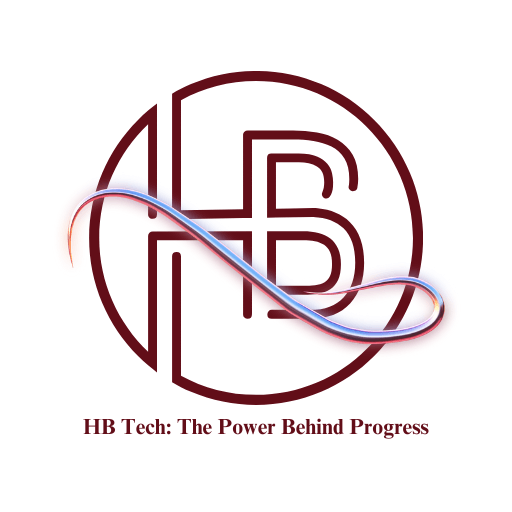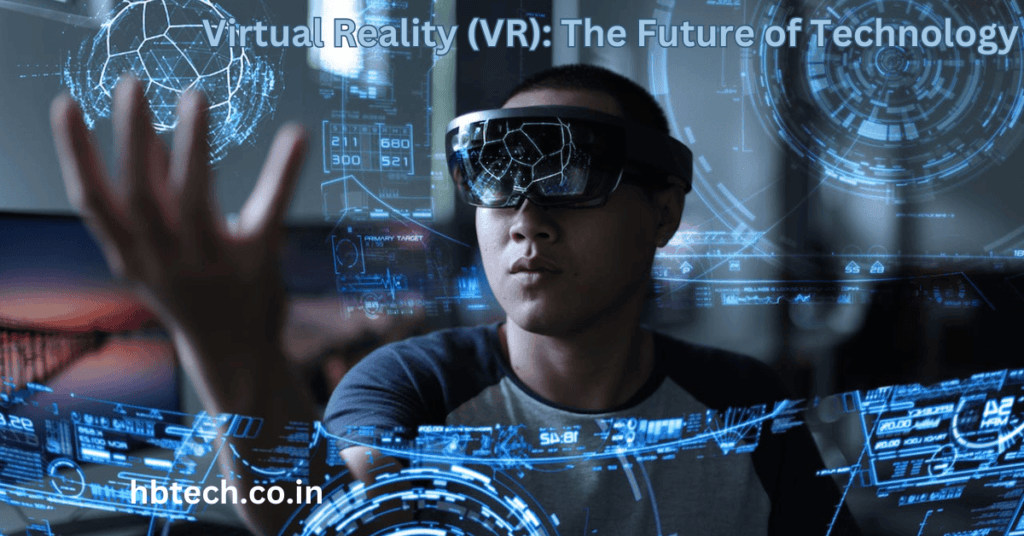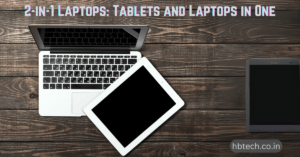Virtual Reality (VR) is one of the most exciting technologies of our time. With VR, users can step into a completely digital world, feeling as if they are truly present in a new environment. Although VR is often associated with gaming, it is now being used in a variety of industrie, from healthcare to education. In this article, we’ll break down what VR is, how it works and how it’s changing the way we live and work
Virtual Reality (VR)
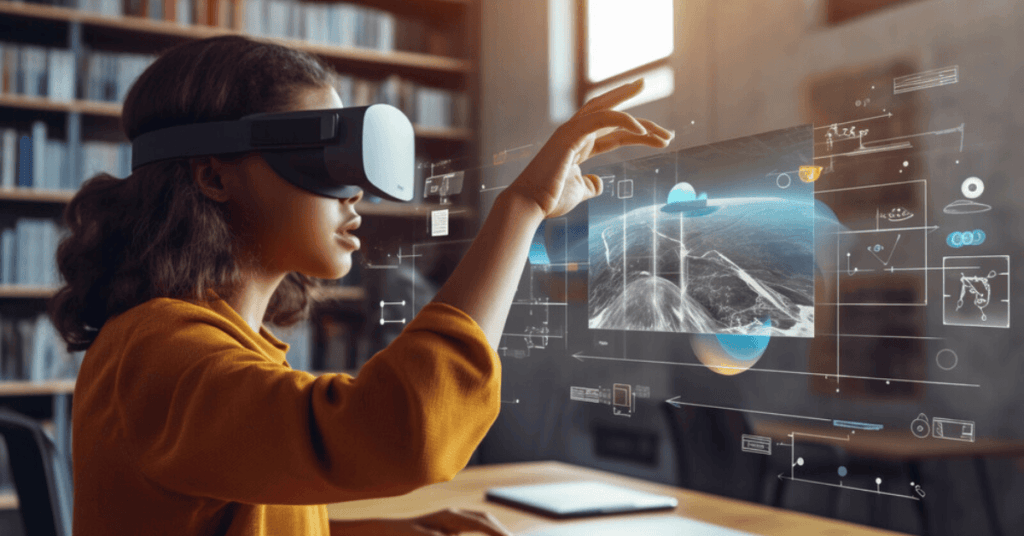
Virtual Reality (VR) is a technology that immerses users in a digital world that feels real. When you wear a VR headset, it covers your eyes and blocks out the real world, replacing it with a 3D digital enviroment. by using motion tracking, the headset adjusts to your head movements, so you feel like you’re actually inside the experience. This allows users to interact with the virtual world as though they were physically there.
In VR, you’re not just looking at a screen, you are part of the scene. This makes VR a powrful tool for creating interactive, realistic experiences
VR Working
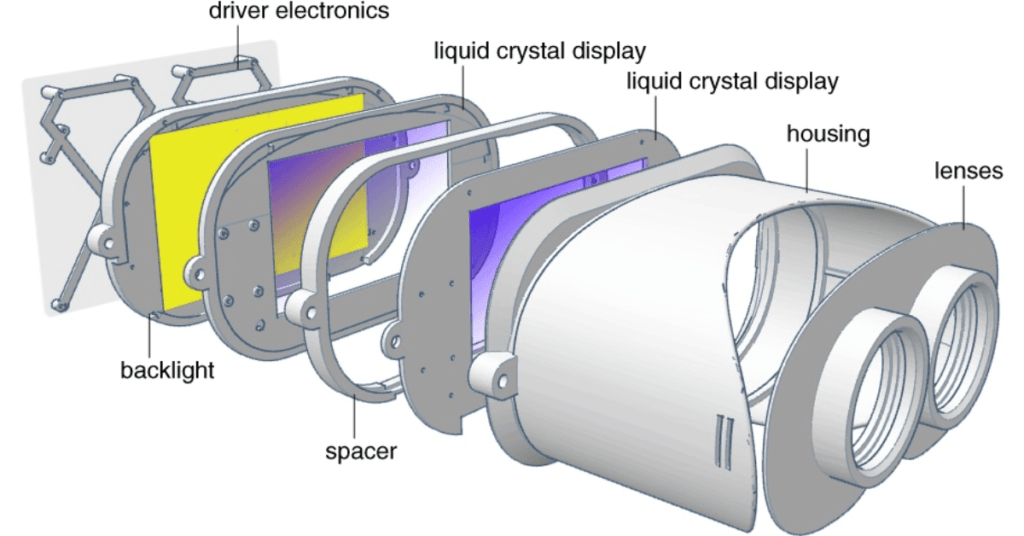
For VR to work, a few key components come into play :
- VR Headset: The headset is the most important part of VR. It contains two screens, one for each eye, to create depth and a 3D effect. The headset also tracks your head movements, making the digital world move as you look around.
- Sensors and Motion Tracking: To enhance the experience, VR headsets are equipped with sensors that detect your head and hand movements. This allows the virtual environment to change in real-time based on where you look or how you move
- Hand Controllers: Many VR systems come with hand controllers, which allow you to interact with the virtual world. You might use the controllers to grab objects, open doors or navigate through a space.
- Sound and Feedback: VR systems often include 3D sound to make the experience even more lifelike. Some VR setups even offer haptic feedback, which provides physical sensations like vibrations to mimic real-world actions
Applications of Virtual Reality
While VR is most popular in gaming, its potential extends far beyond entertainment.
- Gaming: VR offers a completely new way to play games. instead of staring at a screen you can walk around and interact with the game world, making the experience much more immersive.
- Education and Training: VR can bring learning to life by allowing students to experience things they might not have access to in real life. For example medical students can practice surgeries or engineering students can explore complex machines, all in a safe, digital environment.
- Healthcare: VR is used in therapy to treat conditions like anxiety, PTSD and phobias. It’s also helpful in physical therapy, where patient can perform exercises in a virtual world that feels engaging and motivating.
- Real Estate and Architecture: VR allows people to take virtual tours of homes or buildings before they’re even constructed. Architects and real estate agents can create 3D model, so clients can experience spaces in detail
- Remote Collaboration: With more people working from home, VR offers a way for teams to meet in virtual spaces. Instead of using video calls people can meet in a shared digital room, making remote work feel more personal and engaging.
- Tourism and Exploration: Virtual tours are a great way for people to explor new places without leaving their homes. From museums to remote locations, VR lets you visit places all around the world virtually.
Benefits of Virtual Reality
VR has a lot of potential benefits:
- Immersive Learning: VR offers a unique and engaging way to learn. Instead of reading or watching videos , learners can actively participate in simulations, improving understanding and retention.
- Accessibility: VR makes it possible for people to experience things they might never be able to do in real life, such as visiting historical sites or traveling to space.
- Practice in a Safe Environment: VR is an excellent tool for practicing high-risk tasks without any consequences. Surgeons can practice operations, pilots can simulate flying and soldiers can train for combat all in a safe, controlled environment .
- Better Collaboration: As more people work remotely , VR offers a way to have more dynamic and collaborative virtual meetings. Instead of just talking over a video call, team members can work together in a digital space.
- Emotional Engagement: VR can create powerful emotional connections . This is useful for therapy, advertising and storytelling, where immersion can create a stronger emotional impact.
Challenges of Virtual Reality
Despite its benefits, VR also comes with some challenges:
- Cost: High-quality VR systems can be expensive. This can make it difficult for some people or companies to adopt VR technology, especially when you consider the cost of the headset, controllers and compatible computers or consoles.
- Physical Discomfort: Some users may experience motion sickness or eye strain after using VR for a long time. VR developers are working to reduce these issues by improving hardware and optimizing virtual environments.
- Limited Content: While VR has grown rapidly, the content available is still somewhat limited compared to other forms of media. More engaging and diverse content will be needed to keep users interested.
- Technical Limitations: VR requires powerful hardware to run smoothly. Many people don’t have access to the high-end computers or gaming consoles required for the best experience.
- Privacy and Data Security: VR systems often track users’ movements and behaviors. This raises concerns about privacy and how personal data is collected and used .
The Future of Virtual Reality
The future of VR is incredibly promising. As technology improves, VR will become more affordable, accessible and realistic. We can expect to see advancements in wireless VR , more immersive feedback (such as haptic suits), and better content across industries like education, healthcare and entertainment.
In the coming years, VR could become a central part of our daily lives, transforming how we work, learn, and interact with the world. Whether it’s through virtual meetings , interactive education or immersive entertainment, VR has the potential to change how we experience reality.
Virtual Reality is a groundbreaking technology that is changing the way we interact with the world around us. From gaming and entertainment to education and healthcare , VR is opening up new possibilities for immersive experiences. While there are still some challenges to overcome, the future of VR is bright and we’re only beginning to scratch the surface of what this technology can do .
As VR becomes more accessible and affordable, it’s likely to become an even bigger part of our lives, helping us learn, work and play in exciting new ways. The possibilities are endless and we can’t wait to see what the future holds .
Frequently Asked Questions(FAQs)
What is Virtual Reality (VR)?
Virtual Reality (VR) is a technology that creates a completely immersive, computer-generated environment. When you wear a VR headset, it covers your eyes and makes you feel like you’re physically inside a digital world. The headset adjusts as you move your head, and you can interact with the virtual environment using hand controllers.
How does VR work?
VR works through a combination of a VR headset, motion sensors, and hand controllers. The headset provides a 3D display and tracks your head movements, while the sensors adjust the digital environment in real-time. Hand controllers allow users to interact with the virtual world, and sometimes VR systems include sound and physical feedback (haptic feedback) to make the experience more lifelike.
What are the main applications of VR?
VR is used in various fields such as gaming, education, healthcare, real estate, tourism, and remote collaboration . It is particularly useful for tasks that benefit from immersion, like virtual tours, training simulations, medical therapy and interactive learning.
Can VR be used for education?
Yes, VR is transforming education by providing immersive learning experiences. Students can explore historical events, visit virtual museums, or practice skills in simulations. It allows for more hands-on learning, making complex subjects more engaging and easier to understand.
How is VR used in healthcare?
In healthcare, VR is used for physical therapy, mental health treatments (like anxiety and PTSD therapy), and surgical training. It allows patients to undergo rehabilitation in a controlled virtual environment and doctors can practice procedures without real-life consequences.
What are the benefits of using VR?
The main benefits of VR include immersive learning, better training experiences, enhanced collaboration for remote teams, and improved emotional engagement in therapy or entertainment. It also provides opportunities to practice high-risk tasks safely and can make experiences more accessible for people with physical limitations.
What are the challenges of VR?
Some challenges include the high cost of equipment, the potential for motion sickness or eye strain, the limited availability of content and the technical requirements for running VR systems. Additionally , concerns around privacy and data security in VR environments need to be addressed.
How is VR used in business?
In business, VR is used for remote collaboration, virtual meetings, and training employees in safe, controlled environments. It also allows companies to showcase their products or services to clients through virtual tours or product demonstrations.
What does the future of VR look like?
The future of VR is bright, with advancements in technology making VR more affordable, immersive, and user-friendly. As VR continues to evolve, we can expect more realistic experiences, improved content across industries and wider adoption in everyday life. The growing popularity of VR may also lead to the development of a “metaverse,” where people can interact and work in shared virtual spaces.
